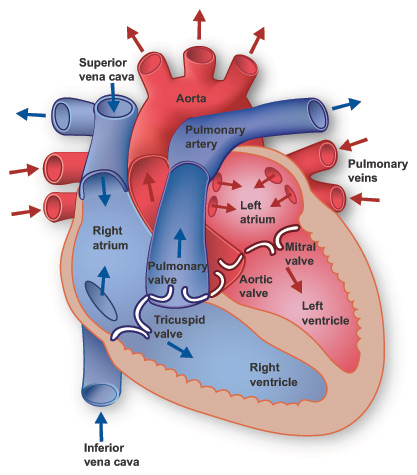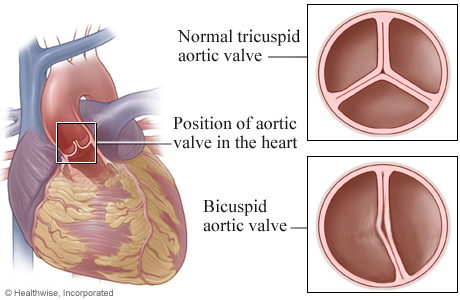Resident Doctor Registration…
Hello everyone, and welcome to the scientific and “Interesting” part of this roller coaster! Edit-Seb: Hey! My stories are quite interesting too 😉
I’m Dr. Anna, a friend of Sebastian, and very new to this blogging activity! I am going to break down the somewhat “intricate” details of Seby’s condition and hopefully give you some insight to the world of cardiac interventions of this day and age, and be of help to anyone who needs it …
The Rules…
Congenital Aortic Valve Stenosis, a big fancy phrase which basically means that something is wrong with the flow mechanics of your heart muscle. Anatomically speaking , The heart is comprised of 4 chambers, 2 upper “Atria” and 2 lower “Ventricles” . The Atria are smaller in size and volume than the Ventricles and they are the so called “Transit” areas of the heart. The Ventricles on the other hand are the main workers, the pumps that exert enough pressure to make your blood reach your tiptoes.
Now, normally, there are valves between the atria and the ventricles, also, between the ventricles and the 2 major blood vessels that are connected to them: The Aorta to the left ventricle, and the Pulmonary Artery to the right ventricle. Since our main topic of concern here is the Aortal Valve, I shall continue elaborating accordingly.
The aortal valve is situated at the margin between the left ventricle and the aorta itself, hence, it separates them anatomically. It is usually composed of 3 “cusps” or “leaflets” that flare outwards from the ventricle into the Aorta when blood is pumped, although very few people can be found to have only 2… And if all of this sounds like crazy weird talk to you, you can always reach out to the comfort of Google or Youtube for images or animations of the normal “anatomy or function of the heart muscle”… I encourage it actually, so your brain forms a vivid memory for future reference.
The Game Plan…
Now that we have built the infrastructure of our topic, we reach the headline: Congenital Aortic Valve Stenosis! Congenital meaning “present from birth”, Aortic Valve stenosis occurs when the valve doesn’t form properly, is narrow and has only one cusp or 2 cusps which are thick and stiff, rather than thin and flexible. All these components prevent the valve from opening fully, which obstructs blood flow from the heart into the aorta and onward to the rest of the body.
The common presentation is a bicuspid valve, to which our main man belongs. In most children, the cause is unknown, but it is a common type of heart defect and is comprised of three degrees of obstruction. MILD, MODERATE and SEVERE and we all know that Sebastian had to delve in head first and full throttle to score in the third term “severe” there.
It must also be noted that this condition may be associated with other cardiac and extra-cardiac malformations, including genetic disorders, therefore, multiple factors contribute to its development and they are always intertwined, classifying it as a MULTIfactorial entity.
Time to put in the bets…
Aortic Valve Stenosis accounts for 3-5% of all congenital heart defects. An estimated 10-15 % of patients with aortic valve stenosis present with the condition when they are younger than 1 year due to severe stenosis, as was the case with Sebastian. The remainder of patients may present later in childhood or adulthood due to PROGRESSIVE obstruction.
Now one must remember that there are also adult patients with bicuspid (having 2 cusps) aortic valves who may develop significant stenosis or insufficiency after the valve becomes calcified within their 40s, 50s or 60s, and calcification in its turn has its own causes to which I shall return to mention in future posts.
FYI..
It must also be noted that there is a strong MALE sex predilection in aortic valve stenosis:
The male-to-female ratio is 4:1. No wonder Seby is competitive…
In the next post, expect a full showdown on the risk factors, reasons and development of the signs and symptoms that will surely keep you coming back for more…
Till then, be Happy and Healthy
Dr. Anna
References :
The Mayo Clinic, mayoclinic.org
American heart association, heart.org
Paediatric heart specialists, pediatricheartspecialists.com
http://www.texasheart.org/HIC/Anatomy/images/fig1_crosslg.jpg
https://myhealth.alberta.ca/Health/_layouts/15/healthwise/media/medical/hw/h9991304_004.jpg



Thank you very much